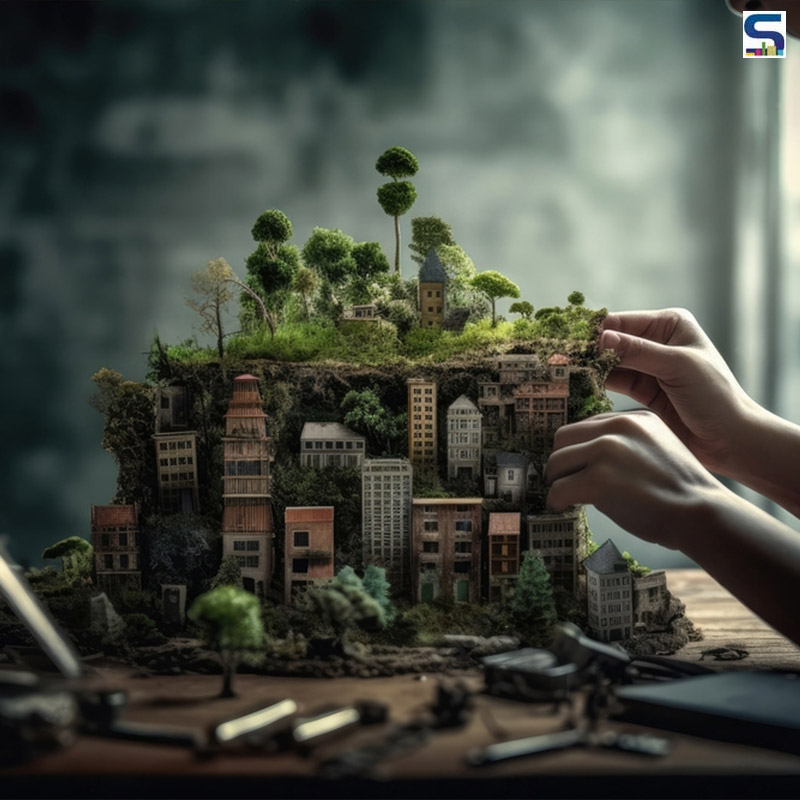
Throughout human history, architecture has evolved as an ever-changing art form, developing over time to offer both practical and aesthetic purposes.From the ancient Egyptians' pyramids to the towering skyscrapers of today, the art form has made tremendous advancements with regards to materials, technology, and style. This article penned by Namrata Agrawal, Director at Manilam Industries Pvt Ltd, takes a look into the history and progression of constructions from its original beginnings up to now. Take a look!
The story of architecture is as old as time - it has always been and always will be a very important factor in creating and sustaining a civilisation and the proof of design and architectural prowess in civilisation is evident in so many cultures of the world starting from Egyptian pyramids to Roman domes and the Greek columns.
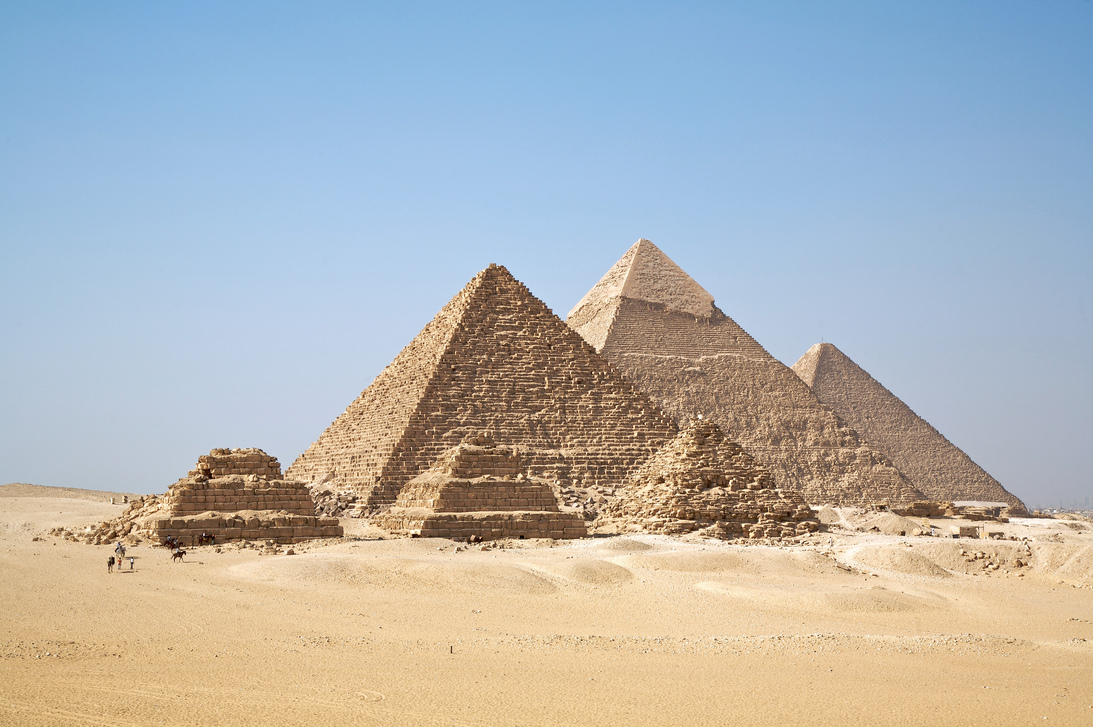
Giza's Great Pyramid is the oldest and largest pyramid in the world, and the only surviving monument of the Seven Wonders of the Ancient World. It is believed to have been built around 2580 BC. Courtesy: Wikipedia
As with everything that exists in this universe, the world of architecture and design has seen some serious evolution from the periods of ancient architecture where simple structures were created to serve their essential purpose and were the means to a functional end to the modern era we live in today where functionality is the most basic aspect and the foundation of a structure and has several layers of design on top of it to create an aesthetic appeal to it and to help it stand out from the rest.
The 7 wonders of the world are a true testament to that - each of them has given ample importance to design and aesthetics while passing the test of time owing to its strong foundation.
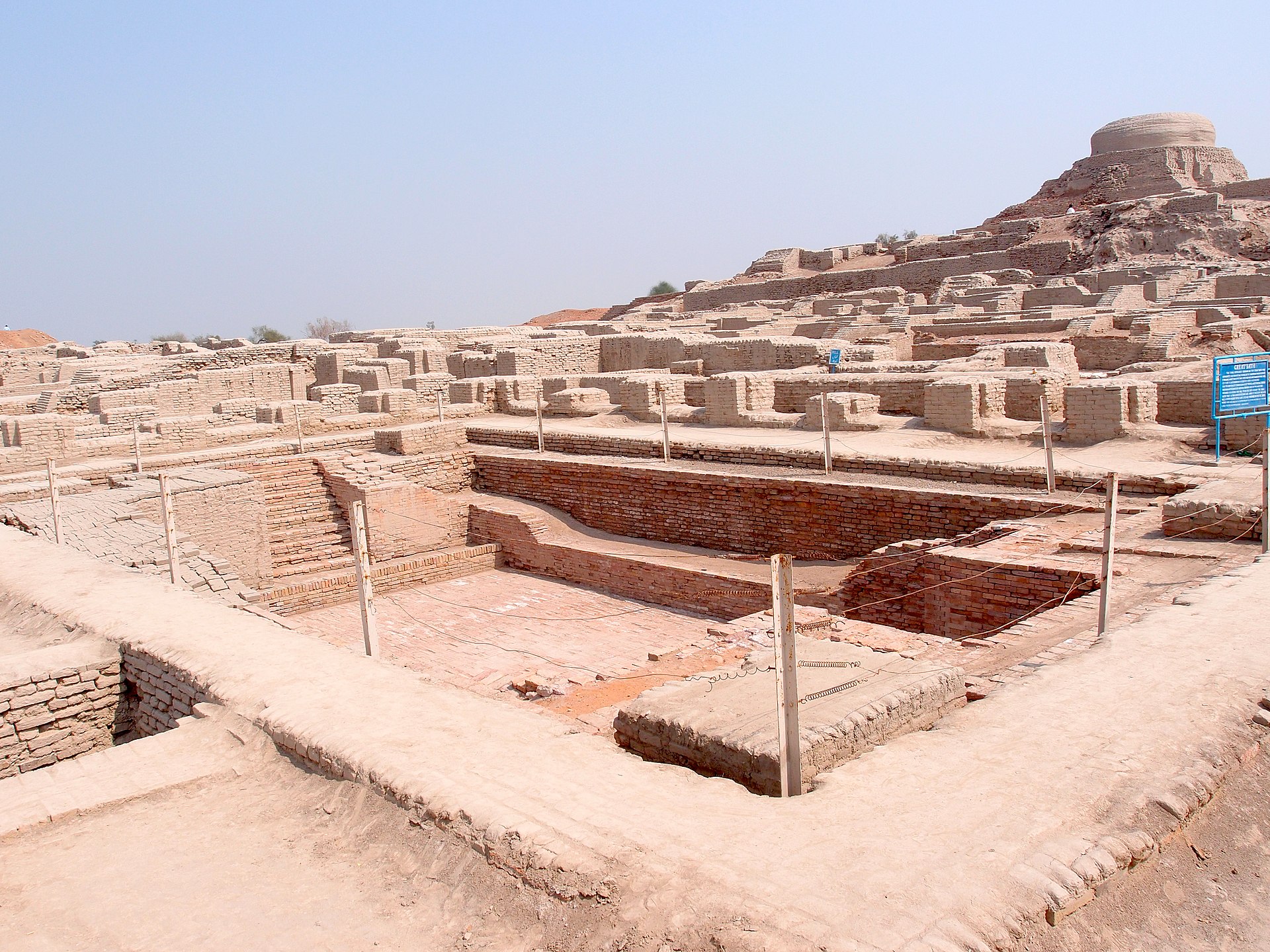
Located in Sindh province, Pakistan, Mohenjo-daro is one of the first World Heritage Sites in South Asia. In Mohenjo-daro, rectilinear buildings are arranged on a grid plan, built with fired and mortared bricks. Courtesy: Wikipedia
Not only the 7 wonders but I will also bring to attention one of the most advanced civilisations that have had an impact on the future of city planning - the Indus Valley civilisation also known as the Harappan civilisation which is being studied to date to understand what lay behind the creation of this masterfully planned city.
How architecture has evolved over time
It is very interesting to study how the evolution has taken place over time - the earliest structures followed a very rigid pattern of straight lines and angles and we have come a very far way in that journey where free-forming structures are most welcomed and architects who create such designs are celebrated - Zaha Hadid also known as Queen of the Curve is an excellent case in point.
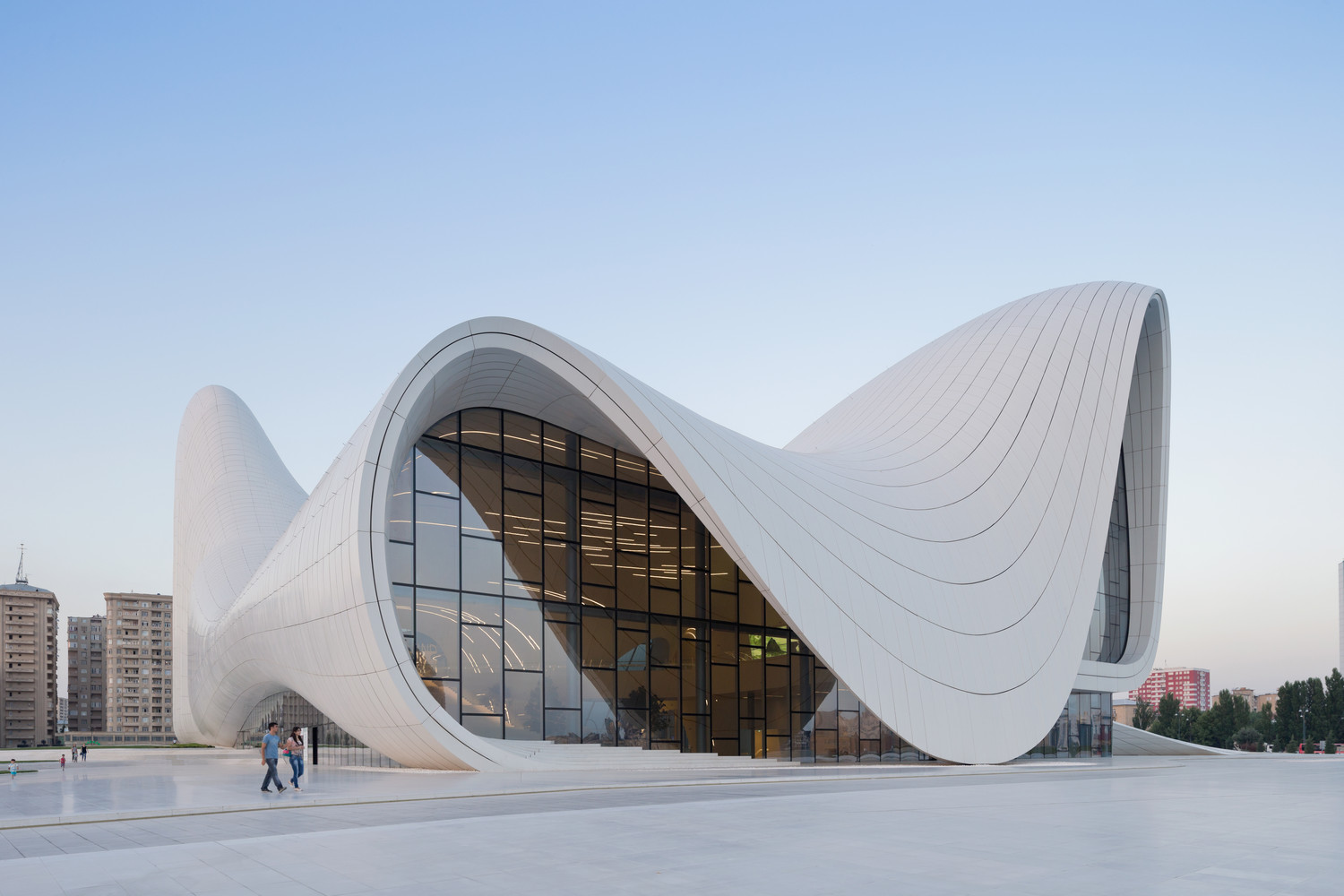
In Baku, Azerbaijan, Zaha Hadid Architects' light-as-air Heydar Aliyev Cultural Center appears all form, but its swooping shapes disguise incredible engineering. Courtesy: Zaha Hadid Architects
The evolutionary story of each and every aspect of architecture is an interesting one because all of the parameters which go into bringing the final structure alive from the blueprint to reality have undergone a sea change.
Evolution of building materials
The materials used in construction have so much transformation - starting from natural materials like clay, stone, and marble to moving into stronger materials like brick, steel, acrylic and glass. While some of the materials still find use in modern days like marble (owing to its unique design, look and feel) there has been a shift in the entire industry towards sustainability - be it in materials used, structures created or technology used to create them.
Another layer of sustainability has been added to the mix - can the structure created serve a second purpose too apart from its original functionality? Can the materials used be helpful to the environment where the structure will stand? Can the structure be environment-friendly?
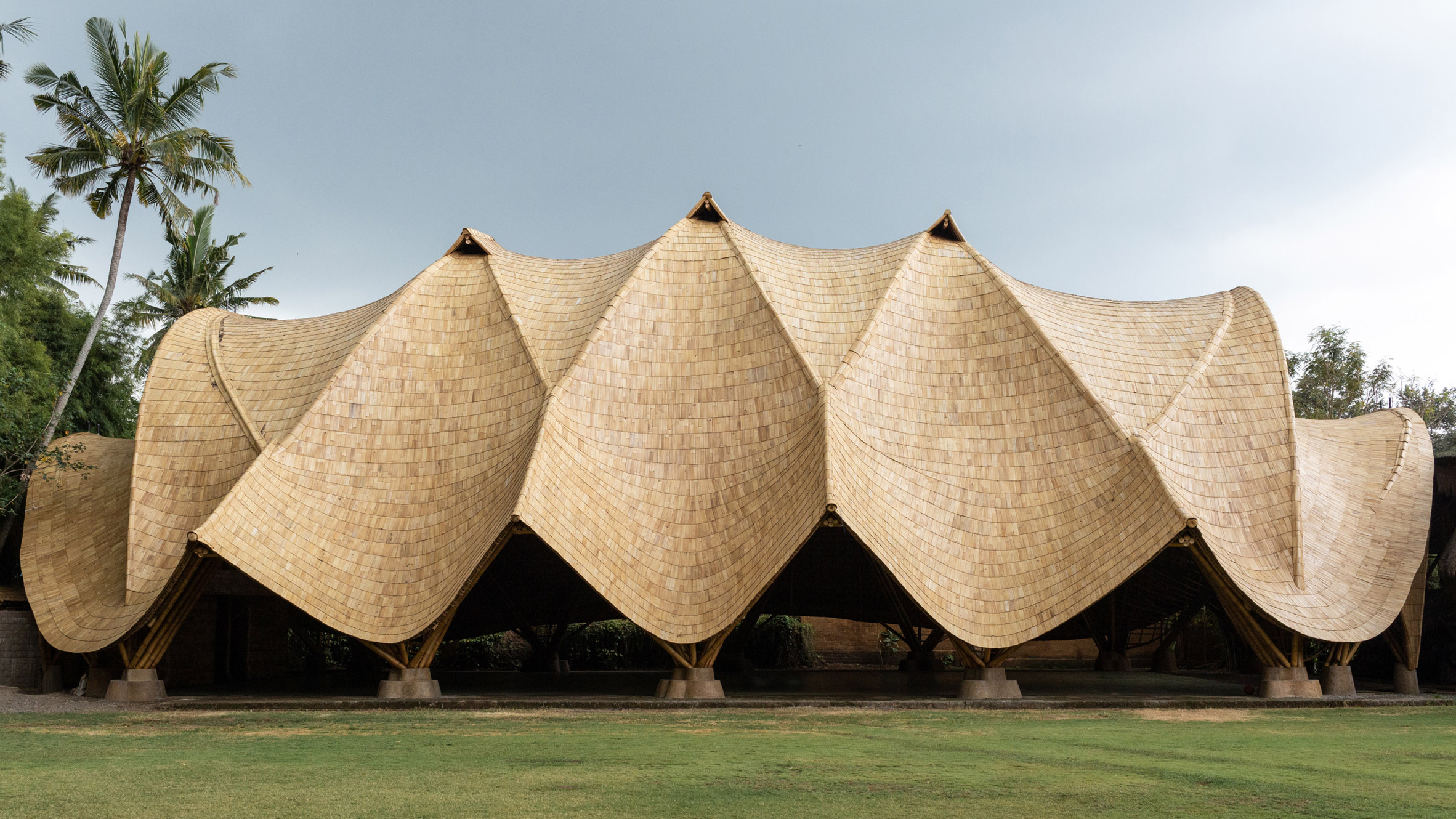 Elora Hardy, the founder of IBUKU, designed The Arc gymnasium for a private school in Bali with a double-curved bamboo roof. Courtesy: IBUKU
Elora Hardy, the founder of IBUKU, designed The Arc gymnasium for a private school in Bali with a double-curved bamboo roof. Courtesy: IBUKU
It is wonderful to see so many examples of the layer of sustainability being so gracefully added to the mix -
“Take Ellora Hardy as an example, she is a designer who founded IBUKU that specialises in creating structures out of Bamboo a lot of them in Bali, Indonesia - a material that the world will basically never run out of - given its ability to grow by several inches within just a day, its lightweight, its strength that can match the strength of concrete and steel. She says “Bamboo will treat you well if you use it right.”
Humans are redefining waste
Humans have shown time and time again that we are creators of endless possibilities - what is a waste for one is a wonder for another - Dr Rajagopalan Vasudevan, a Padma Shri awardee has engineered plastic roads in India which was so well received by the government that now India has more than 100000+ Km of plastic roads including national highways. These roads are not just turning waste into wonder but also creating an outcome that is much stronger than the existing solution - these plastic roads are much stronger than tar roads and also less prone to potholes.
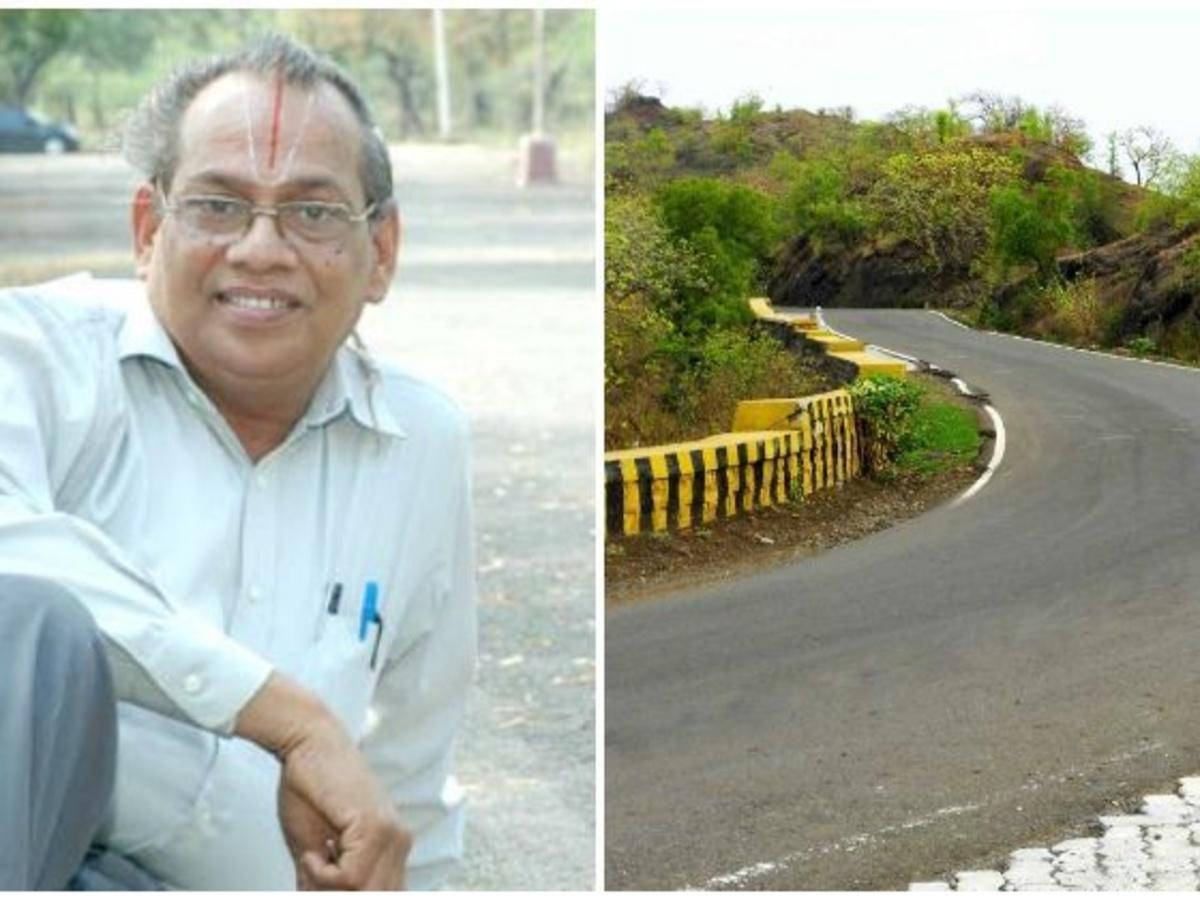 Dr Rajagopalan Vasudevan, a professor at Thiagarajar College of Engineering, developed a method to build better roads with plastic waste. Courtesy: Indiatimes
Dr Rajagopalan Vasudevan, a professor at Thiagarajar College of Engineering, developed a method to build better roads with plastic waste. Courtesy: Indiatimes
Architecture not only reflects a culture or a message but the reverse is also true - it also influences how we think, for example, the early Greek structures with tall columns and triangular roofs would signify strength and stability and this interpretation was taken up by several banks and government buildings which when looked at send out the message of power and authority.
The intersection of media & architecture
Media has changed the world as we know it and recently another layer of this has been very radically intertwined with the world of architecture. Architect Marc Kushner puts it so well when he explains how the actual feedback of a structure is received much later than the point when the idea of the structure was created and hence by the time the structure comes to life, the design may be very far from what the people can relate to but with the expansive speed with which technology has advanced, a designer can see what the rest of the world has created for a particular theme and take immense inspiration on the possibilities that lie for the structure.
“I end this article with a message of promise and hope that no matter what utter destruction we find our world in, we humans always find a way to come full circle and the destruction which seems like the end of the very existence of something is merely the end of an era and a very fertile ground for the creation of something never imagined before using that very destruction as the raw material for its creation.”
About Namrata Agrawal
Namrata Agrawal is an MBA from NMIMS, Mumbai and currently working as Director at Manilam Industries Pvt Ltd. She is also an avid blogger under the handle name @footprintsofnamrata.
